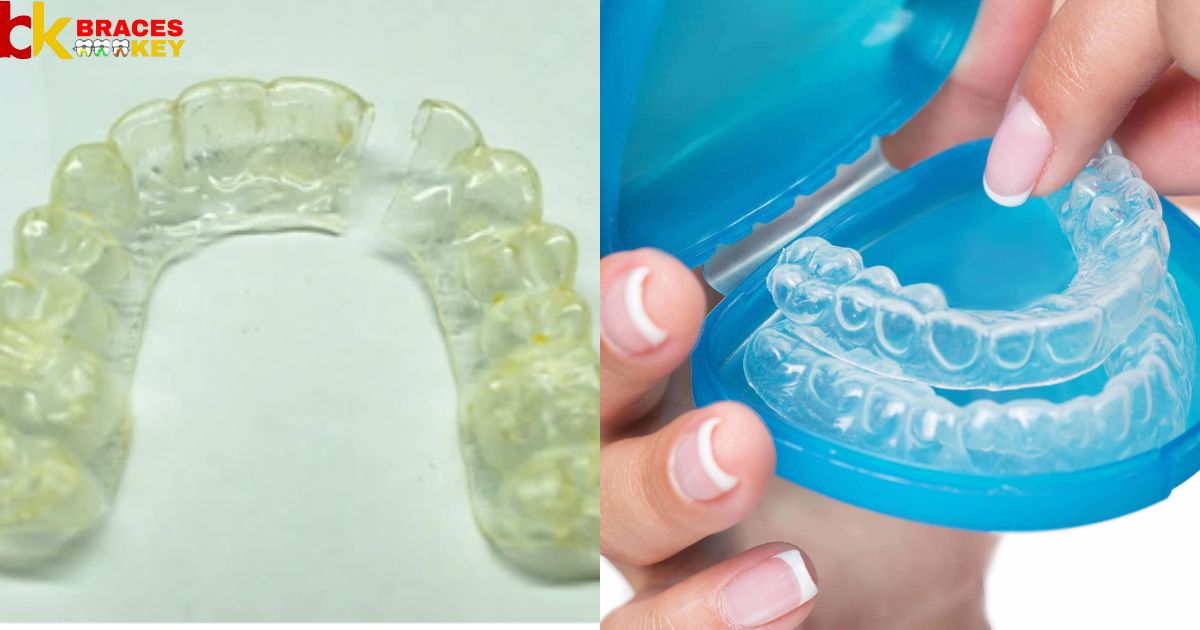A retainer is a plastic device that helps keep teeth in place after braces come off. Unfortunately, retainers can develop cracks that need repair to stay functional. Cracks usually form from normal wear and tear or putting retainers in hot water.
To repair a cracked retainer, the first step is to clean it with warm water and gently file down any sharp edges from the crack using an emery board. Then apply a small amount of retainer repair glue, acrylic liquid, or denture adhesive directly into the crack.
Once the adhesive is applied, gently press the crack back together and hold it firmly in place for a few minutes until fully dry. The glue bonds the plastic back together, sealing the crack. Check that it is fully adhered before wearing. For bigger cracks, dental labs can reshape retainers but some cracks may require a replacement retainer from your orthodontist.
Key Takeaways
- Clean the retainer thoroughly to remove any debris from the cracked area before attempting repairs.
- Use fine grit nail files or emery boards to gently buff rough crack edges to help the adhesive bond smoothly.
- Retainer repair glues and acrylic liquids are best for sealing small hairline cracks. Larger splits may require reshape from a dental lab.
- Apply adhesive exclusively into the crack – excess on the outside won’t stick retainer back properly. Don’t miss to read out this topic A Toothpaste Color Code For My Braces
- Allow full curing time – usually at least 5 minutes of firm pressure – before checking bond strength and wearing repaired retainer again. Replace immediately if crack reopens.
Overview Of Repair A Cracked Retainer
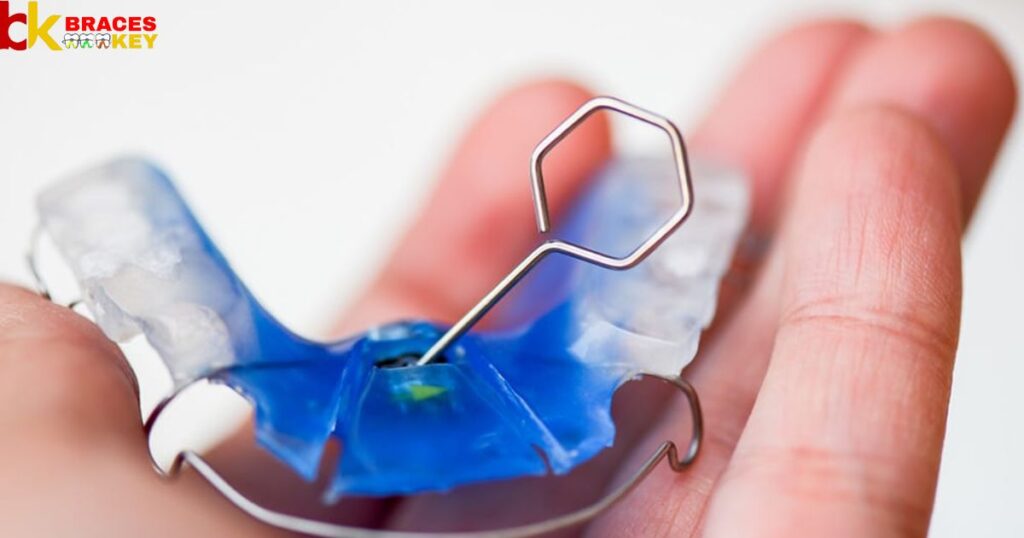
Retainers are crucial for maintaining aligned teeth after braces, yet can become damaged over time through normal wear. Addressing cracked retainers is important to keep them functioning properly.
With careful cleaning of the break, gentle filing of rough edges, and application of specialized dental adhesives or acrylic liquids directly into the crack, retainers can often be repaired at home. Properly bonding the pieces back together allows the retainer to continue supporting the teeth as intended.
Step By Step Guide To Repair A Cracked Retainer
- Thoroughly wash the retainer and use an emery board or nail file to gently smooth any sharp edges of the crack. This preps the surface for optimal adhesive bonding.
- Only apply a small bead of retainer repair glue or acrylic liquid directly into the crack itself. Excess product outside will prevent proper fusion of the break.
- Gently press the crack together until fully adhered, holding firmly for 5 minutes as the fix dries and sets. The bonded plastic now reinforces and shields the crack from further damage.
Repair A Cracked Retainer
Fixing a fractured retainer requires careful work. First, clean the plastic piece to remove any debris in the break. Then apply bonding resin onto one side of the crack with a small brush.
Press the sides of the crack together firmly to bond it securely. Hold in place until the resin sets as indicated. Check that it fits properly in the mouth before using the repaired retainer again.
To manage rubber bands and braces pain
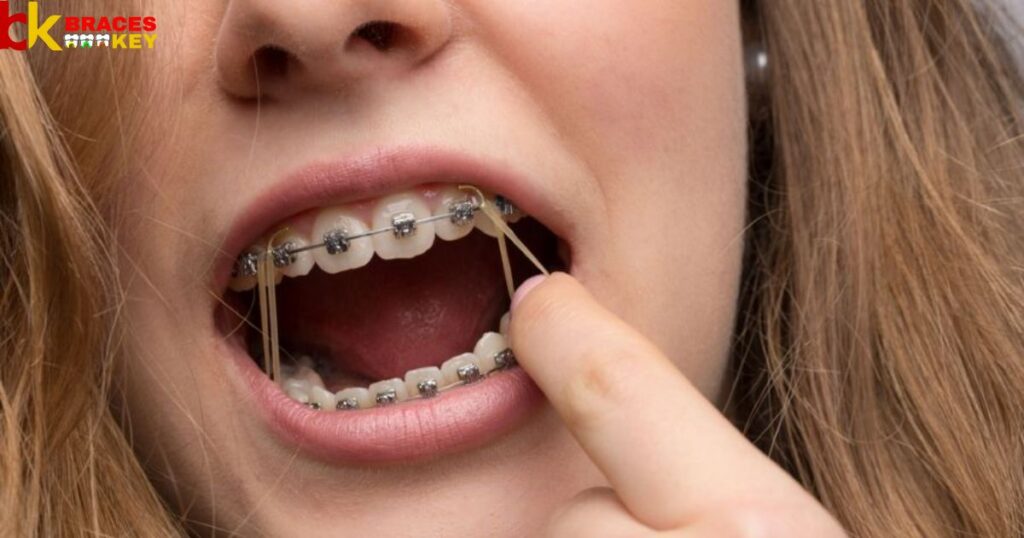
When first getting rubber bands or adjusting braces, pain will likely occur. To ease the discomfort, take an over-the-counter pain reliever like ibuprofen or acetaminophen before appointments. Applying a numbing gel can also help reduce sensitivity.
Chew on wax to create a protective barrier over sore areas. Switch to softer foods and drink plenty of cold liquids. Most importantly, don’t play with the rubber bands, as that will only increase the pain. With time and patience, the mouth will adjust.
Teeth Reshaping Treatments And Costs
Teeth reshaping procedures like bonding and veneers can significantly change the appearance of one’s smile. Bonding involves applying composite resins that are sculpted to cover unsightly portions of teeth. Veneers are thin shells placed over the fronts of teeth.
Both provide natural-looking results but come at a price, with per tooth costs ranging from $300 to $1000. Multiple treatments may be needed to achieve the desired shape and alignment. Patients should discuss their desired aesthetic outcomes and budget with their dentist before undergoing teeth reshaping.
To Become An Orthodontist
The path to becoming an orthodontist involves extensive education and training. One must first complete a bachelor’s degree program and earn a Doctor of Dental Surgery (DDS) or Doctor of Medical Dentistry (DMD) degree from an accredited dental school. Next is a 2-3 year orthodontic residency program after dental school.
Most states also require orthodontists to be licensed. Passing comprehensive written and clinical exams from the American Board of Orthodontics is the final step to specialize as an orthodontist. Dedication to continuing education is also important to remain knowledgeable in orthodontic advancements.
Learn The Basics Of The Broken Retainer Brackets

Retainer brackets can break unexpectedly, causing inconvenience. Understanding the fundamentals of these small plastic pieces assists in handling breakage properly. Brackets are attached to retainers to closely match tooth positioning achieved through treatment.
When one cracks, remove sharp edges to prevent injury and consult the orthodontist. They will determine if replacement is needed or temporary repair suffices. Don’t try gluing it yourself without guidance. By knowing bracket basics, patients can care for retainers through minor issues.
Are Elastics For Braces
Elastics are an integral part of orthodontic treatment using braces. They come in various colors and tensions to help with bite alignment and complex tooth movements. The orthodontist will attach elastic bands or chains between select brackets on the teeth to create gentle forces directing teeth into the right position.
Wearing elastics as instructed is important for comprehensive results. They apply controlled pressure over time which the constant pressure of braces alone can’t achieve. With elastics, braces can work their magic even faster.
Ceramic Braces Right For You
Ceramic braces offer an aesthetically pleasing option for those seeking clarity over metals. Composed of translucent or tooth-colored materials, they blend in discreetly. Ceramics can be more prone to breaking.
They also tend to be more expensive initially. Consider factors like cost, treatment time, and risk tolerance. Discuss your priorities for appearance and convenience with an orthodontist. They can determine if ceramic or traditional braces will better suit your individual treatment needs and lifestyle. Either way, your smile will shine after.
Tips For Adults With Braces
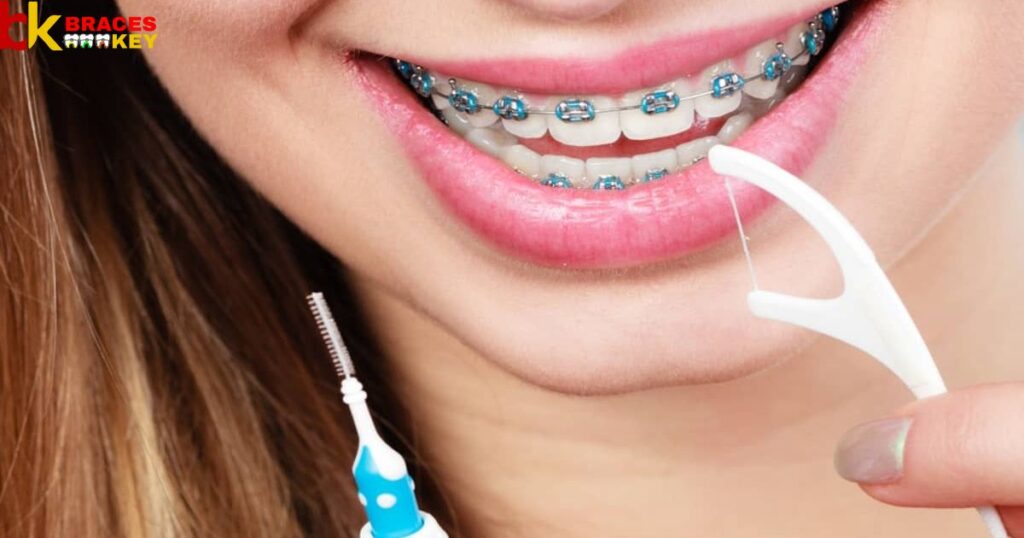
Adults embarking on orthodontic treatment with braces need not fret over appearances. Clear aligners or lingual braces on the back of teeth disguise wires. Keep up confident smiles and focus on results, not process.
Maintain good oral hygiene, using spacers between brackets and floss threaders for cleaning. Schedule regular appointments and expect 12-24 months to straighten teeth. Most of all, be patient – minor discomforts are well worth the perfect, lasting smile awaiting at the end. With a positive attitude, adult braces can transform smiles at any age.
Removing A Broken Fixed Retainer
Should an unsightly break occur in a fixed retainer, promptly seeing the orthodontist is wise. Attempting removal oneself risks damaged enamel. The expert can carefully cut away wire from the lingual side of teeth with precision shears, minimizing distress.
Scrapes and files then smooth any remaining adhesive stubs, followed by a polishing paste. A temporary retainer may hold positions until replacement. Though stressful at the moment, proper professional removal prevents further complicating what was simply an accident beyond one’s control.
Recognizing Damage To A Fixed Retainer
It’s important to regularly check a fixed retainer for signs of wear and tear. Run a tongue across its wire to detect rough spots or areas feeling loose. Look for discoloration, gaps where teeth have shifted, or breaks in the material.
Even minor fractures could eventually worsen if ignored. Note any teeth sensitivity, difficulty biting or chewing, or spaces appearing between previously aligned teeth. Early detection allows for prompt repair to prevent large-scale movement being difficult to re-fix. Don’t assume all retainers last forever – be watchful so damage isn’t missed.
Leads Retainers To Crack
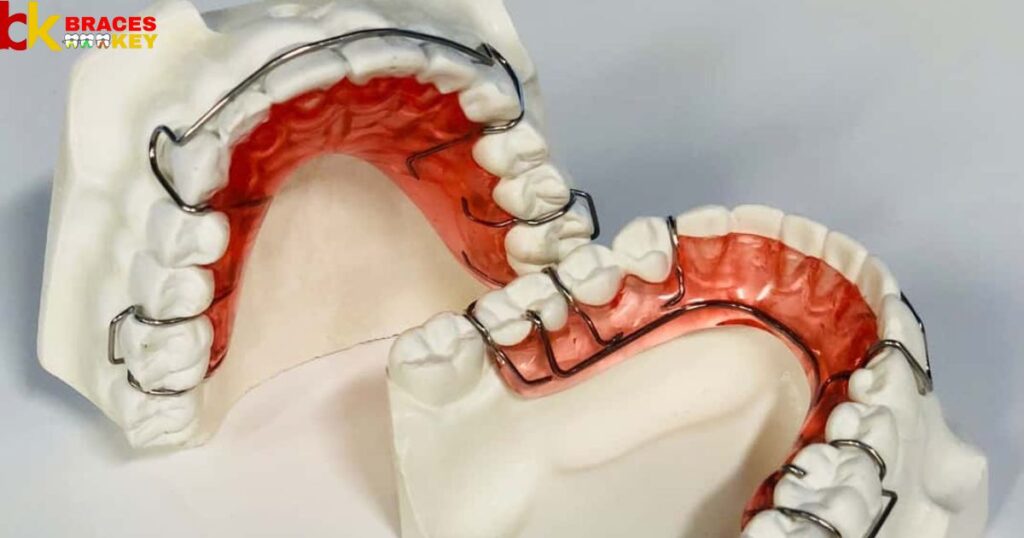
Many factors can potentially cause retainers to develop cracks. Retainers may break down faster with excessive grinding or clenching of the jaw. Eating very hard, sticky, or hot foods while wearing a retainer puts unnecessary pressure on it.
Some retainers simply become fatigued with normal daily use over extended time and aging. Retainers may also crack if subjected to sharp impact or blows. It’s best to be mindful of habits that add undue stress to retainers so they withstand treatment time.
To Recognize Cracks In A Retainer
It’s important for patients to inspect their retainers regularly for any signs of cracking. Run fingertips along the surface feeling for snags or rough spots. Use good lighting to closely examine for thin white lines appearing where resin has fractured.
Pay attention for areas that seem slightly loose or uneven. If part of the retainer feels sharp against gums or tongue, a crack exposing sharp edges may be present. Also watch for retainers that no longer fit teeth properly or seem distressed. Being aware helps catch cracks early before needing replacement.
To Prevent Cracks In Retainers
Keeping retainers in optimal condition can help reduce the risk of cracking. Rinse retainers before and after each use with water to clear away food debris and bits that could cause wear over time.
Avoid exposure to extreme hot or cold which can cause plastic to become brittle. Never bend retainers to force them in or out of the mouth, as this stresses the material. Be gentle when placing and removing retainers. Proper handling and regular checkups with the orthodontist can help retainers withstand treatment and retain their shape.
Quick Fixes For A Broken Plastic Retainer
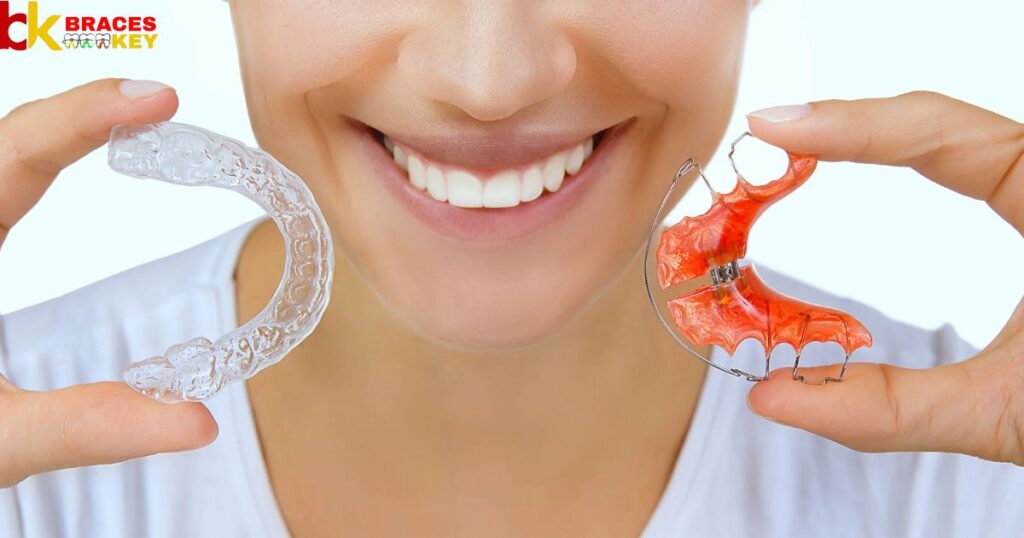
If a retainer fractures, immediate replacement is best to prevent tooth movement. Temporary fixes can work briefly. Washing the pieces, gently filing jagged edges, and applying orthodontic wax between brackets may allow continued use for a few days.
The wax cushions without impeding function. As an interim solution, it buys time to schedule an appointment for molding a new retainer. But long-term success relies on getting professionally treated defects, so permanent repairs aren’t delayed.
FAQ’s
How Are Braces Put On?
The orthodontist fits each bracket onto a tooth and uses a bonding agent to attach it securely. Wires are then threaded through the brackets to begin gently shifting teeth into alignment.
Can A Crack In A Retainer Be Fixed?
Minor cracks may be repaired with dental cement or by welding the wire. Severe fractures or ones that risk broader tooth movement again require replacement of the entire retainer.
What Glue Can I Use To Fix My Retainer?
It’s best not to use regular glue, as orthodontic adhesives are made to be gentle and last. Consult your orthodontist, as they have bio-compatible products to fully bond a retainer without further cracking.
Can I Super Glue My Cracked Retainer?
Super gluing a cracked retainer isn’t recommended due to potential oral health risks, see an orthodontist for a safe repair.
Conclusion
While it can be tempting to attempt quick fixes for cracked retainers, it is generally not recommended due to health and effectiveness concerns. Super glues pose risks of further damage or toxicity. Minor cracks may be managed briefly with orthodontic wax, but professional treatment is most prudent, Repair A Cracked Retainer.
An orthodontist can properly assess the defect and either repair it effectively using biocompatible dental cements or create a new retainer to optimize dental alignment and prevent future complications. Seeing your orthodontist is the best solution.
